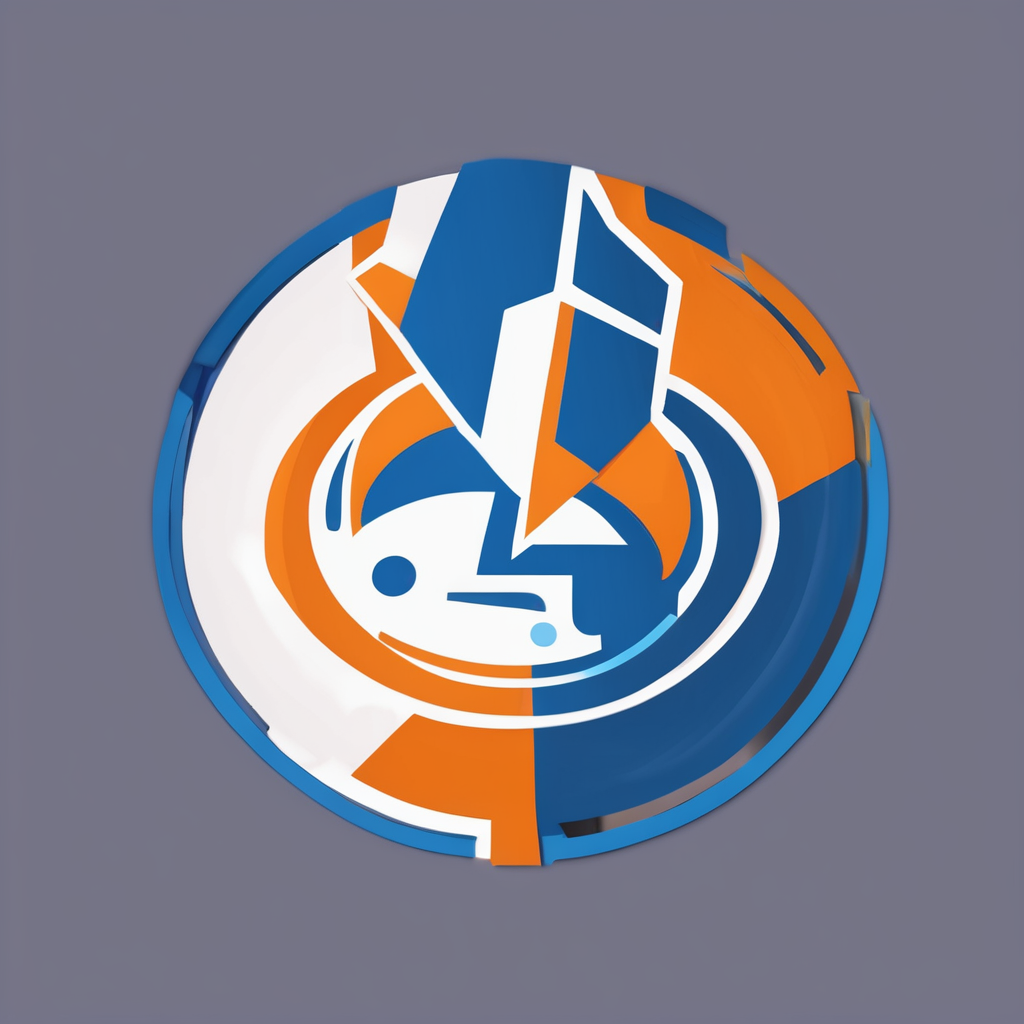The Intersection of Ocean Science and Surf Performance
Ocean science plays a pivotal role in enhancing surf performance. By delving into the depths of this science, surfers gain insights into the natural elements that affect surfing. Vital principles such as wave formation, currents, and tides are integral to understanding and improving surf skills.
Wave dynamics stand at the heart of effective surf coaching. Waves are influenced by factors like wind speed, direction, and water depth. By understanding these factors, surfers can better predict wave behaviour and make informed decisions on when and where to surf. Such knowledge not only enhances safety but also maximises the thrill and efficiency of surfing sessions.
Have you seen this : Transforming indoor air quality: effective solutions for sports facilities in the uk
Surf coaching, equipped with an understanding of ocean science, provides a structured approach to honing surf skills. Coaches can offer guidance on interpreting oceanic conditions, thereby allowing surfers to optimise their performance. Furthermore, this scientific insight can empower surfers to develop strategies for various wave conditions, improving their adaptability and confidence in different surf environments.
In essence, the intersection of ocean science and surf performance opens up a world of knowledge that can fundamentally transform a surfer’s approach, helping them ride waves more effectively and safely.
In parallel : Enhancing defensive strategies: utilizing game film insights for uk volleyball teams”
Techniques Used by UK Surf Coaches
UK surf coaches employ a range of strategies to enhance the skills of their trainees, focusing significantly on surf coaching techniques that foster professional development and improve performance.
Evaluation of Surf Conditions
A thorough evaluation of surf conditions is vital to coaching strategies. Coaches assess wave patterns and weather conditions to schedule training sessions at times that optimize learning and safety. This meticulous scrutiny of the environment ensures that both novices and seasoned surfers are practising under conditions best suited to their skill levels, enhancing their abilities and confidence.
Use of Technology in Coaching
The incorporation of technology in coaching has revolutionized surf training. Advanced tools assist coaches in wave prediction, allowing for more precise session planning. Video analysis is extensively used to offer real-time feedback, helping surfers understand their form and technique while surfing. This technological integration is central to evolving coaching methodologies, providing surfers with data-driven insights to refine their skillset.
Development of Personalized Training Plans
Creating personalized training plans is another cornerstone of effective surf coaching techniques. These plans are tailored to fit individual needs, addressing specific strengths and weaknesses of each surfer. By focusing on personal development goals, surf coaches can develop bespoke strategies that propel surfers towards peak performance, ensuring continuous growth and adaptation in their surfing journey.
Practical Application in Real-World Scenarios
Understanding the practical surfing techniques can significantly enhance a surfer’s experience. In the UK, surf coaches have developed case studies emphasizing successful wave selection. These case studies reveal how particular methods lead to a higher success rate in choosing the optimal wave, demonstrating pragmatic skills in action.
Building from these insights, surfer experiences play a vital role. Many have shared testimonials about the transformative impact of science-based coaching. By integrating scientific principles into training, surfers note improvements not only in their wave selection but also in their overall technique. For instance, focusing on body positioning and timing boosts a surfer’s performance during each session.
For those eager to refine their skills, there are several practical tips to consider:
- Prioritize balance and weight distribution on the board.
- Observe and predict wave patterns to make informed decisions.
- Incorporate drills focused on agility and timing.
Applying these tips helps surfers navigate real-world conditions with more confidence, translating theory into successful practice. Ultimately, leveraging both expert guidance and personal experiences elevates the ability to ride waves proficiently and effectively.
Wave Dynamics Explained
Delving into wave dynamics provides essential insights for surfers and enthusiasts alike. By understanding wave types and techniques, one can enhance the surfing experience significantly.
How Waves Form
Waves primarily form due to the interaction between wind and water surfaces. The strength and duration of the wind, combined with the expanse of water it affects, determine wave size and frequency. For surfers, knowing these elements helps in choosing the right location and time for optimal waves.
The Role of Ocean Currents
Ocean currents operate much like conveyor belts, moving water and influencing wave formation. They modify wave height, speed, and direction. Currents can either enhance or hinder surfing conditions, making it crucial for surfers to read and predict them accurately.
Different Types of Waves and Their Characteristics
Understanding the types of waves is vital for effective surfing techniques. There are:
- Swells: Generated by distant storms, they offer long, rideable waves.
- Wind waves: Shorter, choppier, ideal for practicing smaller maneuvers.
- Tidal waves (or bores): Result from tidal changes, giving unique surfing opportunities.
Recognising these wave types empowers surfers to tailor their techniques and optimize performance. Being informed about wave dynamics and ocean currents not only boosts skill but also enhances safety and enjoyment on the waves.
Additional Resources and Expert Insights
Unlock a deeper understanding of surfing with exclusive insights from expert interviews. Leading UK surf coaches offer a unique perspective by integrating ocean science into surfing. These coaches highlight how understanding tides, currents, and wave formations can enhance your performance in the water. Their experiences bridge knowledge with practice, ensuring surfers not only ride waves but understand them fully.
For those eager to dive deeper into the surfing world, numerous resources await. From detailed websites dedicated to wave mechanics to engaging online courses on surf techniques, there are ample opportunities for further learning. These resources provide foundational knowledge and advanced strategies to improve your surfing skills.
Books also serve as valuable surfing resources. Titles like “The Surfing Handbook” and “Advanced Surfing Techniques” delve into both the fundamentals and complexities of the sport. Such reads bring the surf session indoors, offering techniques and narratives that inspire and educate.
Websites like SurferToday and Magicseaweed are revered for providing up-to-date information on wave conditions and surf forecasts. By exploring these sources, surfers can better plan their outings and enhance their understanding of the sport. Embrace these surfing resources to enrich your journey with insightful knowledge and practiced expertise.











